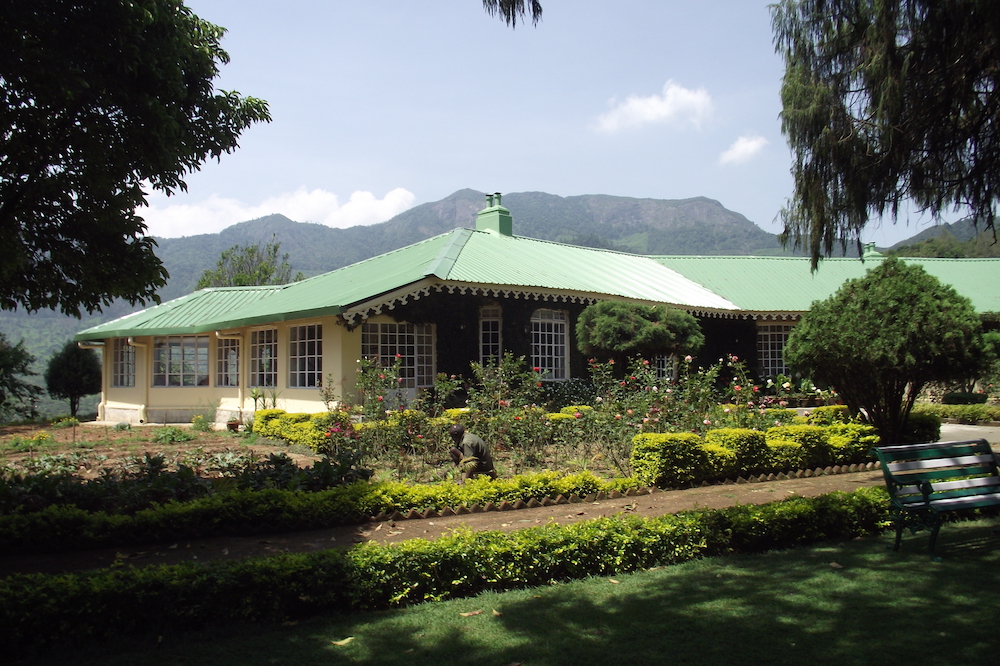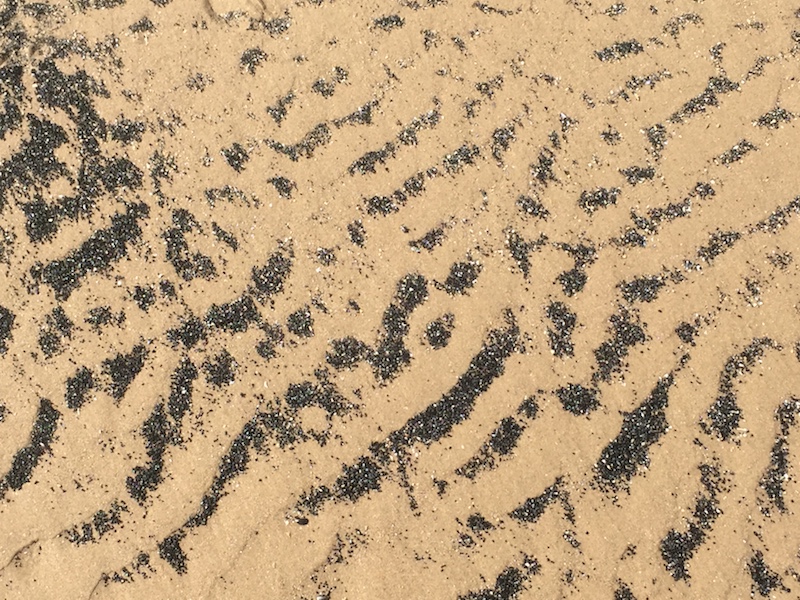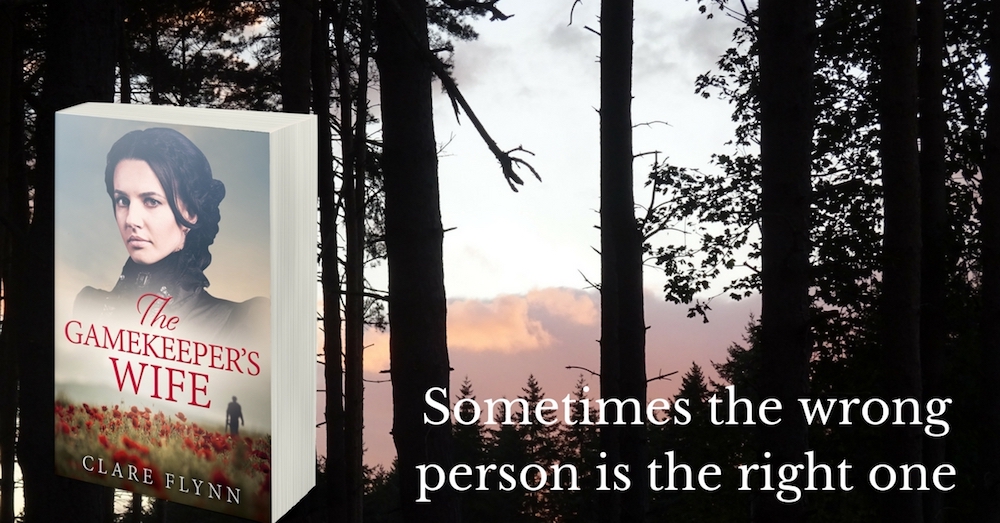
Holidays – or in the past business trips – are often start points for the setting. Sometimes I need to return to absorb more of the atmosphere or do specific research in situ. On a return visit I look for small details and texture to make the setting live on the page. This is a multi-sensory experience and may include:-
- sounds – what can I hear that makes this place different?
- sights – what visual details or colours add to it being special?
- smells – everywhere has its special smell – what is this one?
- touch and movement – how can I pull in sensory imagery that evokes what it is really like to be there?
I’m lucky enough to live with a view of the sea, so while I was writing The Chalky Sea, every day I would write a sentence describing how the sea looked – incredible how much it changes colour, “texture” and movement. I As I wrote the book, set here in Eastbourne, I would draw on my list of descriptions and use them in the novel, often to reinforce the emotions of my characters.
The inspiration to write Kurinji Flowers happened on a sleepless night in a hotel room in Kerala, South India. The hotel dated from the British colonial period in the early twentieth century and I found myself wondering who might have stayed there back in those days. My main character, Ginny Dunbar appeared to me and I began to write the book. Once I’d got the first draft written, I decided I had to go back to India. I booked myself a two-week break in a former tea planter’s bungalow and walked in Ginny’s shoes.

The dark rocks rising above the roadside were dissected in places by fast flowing streams and waterfalls. It was a tropical paradise, with the early morning sunlight dappling through the trees and lighting up the vivid-blue morning glory flowers that were draped over the undergrowth like floral bedspreads. The birdsong provided a tuneful accompaniment: strange, whooping sounds and little, coloratura arpeggios, unfamiliar to my English ear. The scent of cardamom filled the air as we drove past spice plantations. The blue-grey peaks of the distant hills pierced the mist, like desert islands in a pale sea. It was a kind of wonderland and I found it utterly beautiful.
I might have been able to recapture the visual elements of that description from the photographs I took on my original holiday but I would never have remembered the sounds of the birds or the scent of cardamom as the car drove through the spice plantations.
But it’s not always possible to travel across the world looking for material. My latest book, The Alien Corn, and the third in The Canadians series, The Frozen River, which I‘m writing now, are set in Canada – in Ontario. I have only been to western Canada (and that was nearly twenty years ago) and I can’t justify a trip at the moment. Instead, I’m reliant on other devious means to build the world of Hollowtree Farm and its environs. I spend a lot of time googling, watching YouTube videos, reading Canadian farming blogs and almanacs, research books, maps, tourist guides etc.
I wanted a rough blueprint for my fictional town of Hollowtree so I spent many a happy hour on Google Earth touring the countryside until I came upon one that fitted my vision – small, with a library, a local paper, a school, a town hall, a couple of churches, some agriculture-related industry such as a timber mill, a park with a lake and a river. I then did some research on that town and a couple of other similar ones and made sure that everything in my fictional Hollowtree was at least viable in that Southern Ontario town. Here’s a brief extract:
It was a small town. Probably no more than a few hundred inhabitants. Across the street from them was a grain store and next to it a general store which was doing a brisk trade in everything from haberdashery to farming tools. A lean-to was attached to the side, where it appeared that repairs to cars and trucks took place. Joan studied the passers by. Most of the men were dressed in overalls, although one or two were flashy dressers, sporting jackets that clashed with their trousers. Like a bunch of spivs, she thought. The women, in contrast, were dressed drably. If that was what farmers’ wives looked like she wanted none of it.
Writing historical fiction, there’s also the challenge that places have often changed radically since the period I’m writing about. That happened to me with Letters from a Patchwork Quilt. I wanted to write a story set in an ugly industrial town in the Victorian period. I settled on Middlesbrough as it was one of the fastest growing towns in the world in the early Victorian period, fuelled by the iron and steel industry. The problem I discovered after poring over old and current maps, is that the Victorian slums where I set my book had been demolished in the 1960s. I went to visit the place anyway – the small very old-fashioned museum was a very useful stimulus – as was my walk on the beach at Redcar, but there was little left of the streets I had written about. I filled in a lot of the gaps by reading, including contemporary accounts of the lives of the women married to iron foundry workers.
‘I long to be free of this place. Of this whole life,’ she said. ‘It’s why I like coming out here by the sea where I can still breathe. In the town and at home there’s no escaping it. The dust gets everywhere. On every surface. Inside your clothes. Up your nose. Ingrained in your skin. In your eyes and your food. Inside you. The machinery throbbing away till you think your brain is going to burst with the sound of it, the clanging of the trucks shifting the pig iron, the stink of the sulphur and the smoke from the coke ovens. Smoke and dust burning your throat.’

My latest book, The Gamekeeper’s Wife is set mostly in England – with a couple of diversions to Biarritz in France and to Sarawak on the island of Borneo, Indonesia. The idea for the book came to me when I was staying with a friend in a former gamekeeper’s lodge on a large country estate. I felt as if we’d wandered onto the set for the filming of Lady Chatterley’s Lover or The Go Between, and knew immediately I wanted to write a book set there, so I kept my eye open and my camera clicking over the few days we were there.
Iconsidered nipping down to Biarritz for a couple of days, but again made do with online research and Google Earth. As for Borneo – that was out of the question. I’ve been to Bali and Java before but had no wish to go all the way to Indonesia again, so a combination of Google Earth and accounts written by nineteenth and early twentieth century travellers fitted the bill perfectly – as well as lots of reading about plant hunters and their exploratory trips to the island.
This scene shows my main character, Christopher Shipley, arriving in Borneo by boat.
The boat Christopher was travelling on passed houses close to the water’s edge, constructed of palm leaves. Women and children gathered on the banks to watch the steamer’s passage, their chatter drifting across the water to where he leaned against the rail of the deck. Alligators basked in the mud shallows and, as they passed by areas of forest, he could hear the scream of monkeys as they leapt between the branches of the trees. The smell of nutmeg and spices mingled with the scent of hibiscus and gardenia. In the distance, above the trees, the mountains of Matong and Santubong rose, heavily wooded, with the odd rocky outcrop.
The Gamekeeper’s Wife is available now to pre-order from Amazon for release on April 18th. The background to the image below was taken by me outside the real gamekeeper’s cottage.



0 Comments